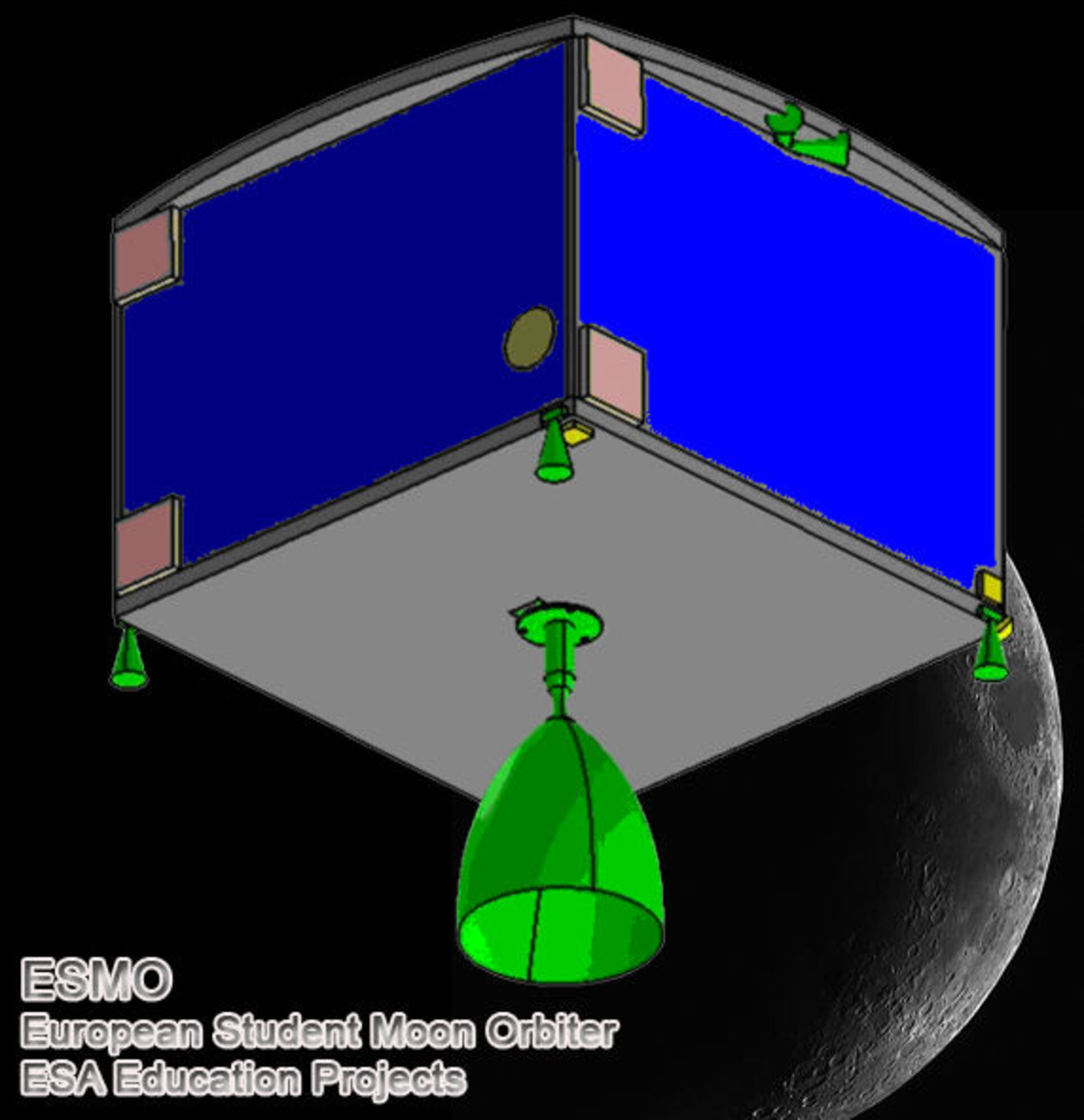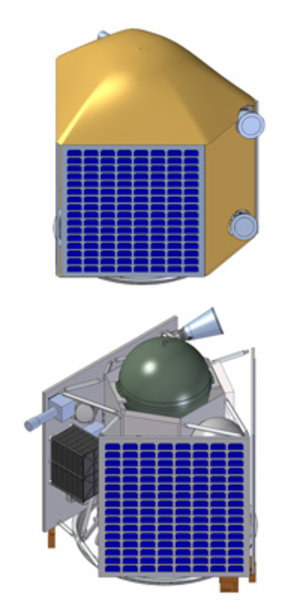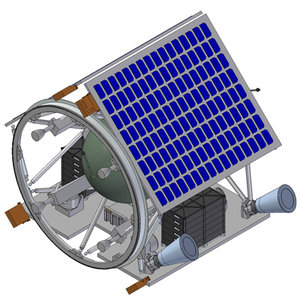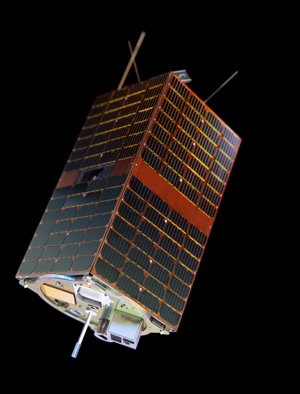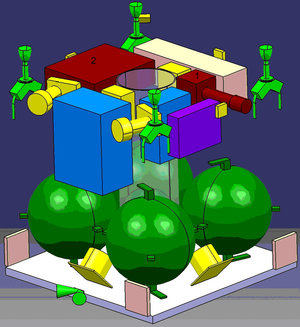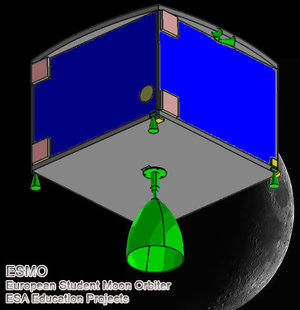Student teams needed for moon mission
The ESA Education Office is currently looking for student teams to fill the following vacancies in phase B1 (preliminary design) of the European Student Moon Orbiter (ESMO) project, which is expected to last until November 2008. The call is open to students who are from universities in ESA Member or Cooperating States.
System Engineering Team (SYS)
It is anticipated that the System Engineering Team will be comprised of at least 7 individual students with responsibility for the system-level aspects of a broad area of associated and/or highly-dependent subsystems. Specifically, they will perform the following tasks:
- analyse the output of a number of student subsystem teams in their subsystem requirements and design definition activities and ensure consistency and traceability to the system requirements
- the maintenance and control of interface definitions between subsystems within their area and with other areas, and assessing the impact of subsystem design changes on the system design and other subsystems
- collecting budget data for regular maintenance of the system budgets (mass, power, data handling, telemetry, downlink etc) by the ESA System Engineer
- reporting critical design and verification issues to the ESA System Engineer and discussing/implementing possible solutions with the subsystem teams
- producing together, in conjunction with the subsystem teams, the required system-level documentation, e.g. system functional block diagram, system requirements, requirements traceability matrices, function trees and spacecraft design specifications
Harness Team (HARN)
It is anticipated the harness team will be comprised of at least 4 students and will perform the following tasks:
- establish the requirements for the spacecraft harness (cabling and connectors), taking into account the system requirements (particularly with respect to EMC issues)
- design the cabling and end connectors that link the different units of the spacecraft together, based on the spacecraft system architecture defined by the System team and interfaces/technical specifications defined by the various subsystem teams
- design the routing of cables within the spacecraft configuration using the 3D CAD model provided by the Structure and Configuration team
- estimate the length of cabling and number of connectors, and hence the mass of the harness
Assembly, Integration and Verification (AIV) and Operations teams (OPS)

It is anticipated that the AIV team will eventually transition into the OPS team to maximize the benefit of the chosen team and their gathered knowledge with respect to the spacecraft flight model performance. The team should be comprised of at least 5 students and has the responsibility for the following:
- Develop the spacecraft Assembly, Integration and Verification (AIV) plan
- Develop the ground support equipment (GSE) requirements and specifications for spacecraft assembly, integration and verification
- Develop the verification requirements and test plans for spacecraft test models and flight model
- Develop spacecraft users manual and flight operations plan
- Design, manufacture and test the GSE (mechanical and electrical) prior to the AIV campaigns
- Actually perform the AIV of the spacecraft test and flight models under expert supervision, at ESA/ESTEC or other facility, including the operation of the GSE
- Participate in the launch campaign, if required, under close expert supervision, including functional/interface testing of the spacecraft flight model
- Based on knowledge of spacecraft assembly and testing, transition into a spacecraft operations role in the Mission Control Centre, and actually operate the spacecraft during the mission according to the flight operations plan
Each team shall submit their proposal to esmo@esa.int using the provided template.
The deadline for submission of proposals is 7 May at 23:59 CET.


